Hello all!
Many apologies for my long absence! Believe it or not- moving across the country and starting your intern year as a medical resident is incredibly time consuming! Add to that, my gnawing guilt about not completing an academic chapter (Aaron, forgive me, but I am working on it!), and writing for pleasure keeps getting postponed.
It’s a rainy day in Salt Lake City, so instead of getting out to explore I’m trying to buckle down to finish some academic writing. To refresh my memory I pulled up my PhD thesis to review a couple chapters and happened to glance at my chapter on the history of alcohol. While the majority of my thesis is rather dry, focusing on liver pathology and cell-signaling intricacies, this chapter might actually be interesting to those with an interest in history (and/or booze). For those interested, I’m posting it below!
History
Fermentation of foods and beverages is intricately woven into human history and culture, with archaeological evidence of intentional fermentation dating back almost 10,000 years. The biochemistry behind the process was finally elucidated by Louis Pasteur in the mid 1850s [1, 2].
Archeologists have discovered extensive evidence for the historic production of fermented beverages around the world, including in China, Egypt, Iran, Greece, and Georgia [3]. Ancient beverages were made from a variety of products, including rice (sake), honey (mead), fruit (wine), and cereal grains (beer) [4]. One of the earliest and most prevalent sources of sugar for fermentation was, and remains, grape juice (Vitis sp.), with the earliest evidence of large-scale wine production dating back to approximately 5400BC in the northern Zagros Mountains of Iran [5]. Indeed, it is likely that humans’ propensity for wine led to the domestication of Vitis vinifera and the global expansion of the species [6]. It has even been suggested that the earliest agrarian societies converted from their nomadic hunter-gatherer ways in order to increase their ability to produce alcohol [7]!
The first winemaking was probably a mistake, occurring when juice from stored grapes was exposed to natural yeasts that would have fermented in a matter of days [8]. Originally, fermentation was probably initiated by wild yeast, and it is not known when humans started to selectively add specific yeasts to their materials [3]. The success and popularity of the drink is evidenced by the vast and rapid expansion of viticulture throughout Mesopotamia and Europe [8]. It is currently believed that grapes were domesticated between the Black Sea and Iran between 7000-4000 BC [3, 5, 9]. From there, grape production and winemaking spread over the Mediterranean, reaching Greece in 5000BC, Italy in 900BC, France in 600BC and the Americas in 1500 AD [3]. The export of wine was a driving force behind the expansion of the Greek sea trade, and when Rome conquered Greece the Romans adopted winemaking. As the Roman Empire expanded, viniculture and viticulture spread with it. When the Roman Empire collapsed, wine’s place in Christian rituals helped to maintain production. While wineries in the Middle East and North Africa disappeared with the advent and spread of Islam, monasteries in Europe protected and refined the art of wine making. European expansion eventually carried wine production to the Americas, starting in Mexico and heading south into South America. European grapes could not survive in eastern North America, and native varietals were adopted and cultivated for wine production [8]. European cultivars thrived on the west coast of the US [10].
It is believed that the production and consumption of beer arose after the advent of wine, though like wine, the actual date when beer was first produced is unknown. The first beer may have been a result of a batch of porridge that was left to sit too long, and there is extensive archeological evidence of beer production and consumption dating from 4000 to 3500 BC. It is likely that the Sumerians were the first beer makers and it is believed that as much as 40% of their grain production was used to brew beer. While the Sumerians may have invented beer making, the process was quickly adopted by Egyptians [8]. Analysis of ceramics found in Egypt that date from 1500-1300 BC suggests that a combination of cooked and uncooked malt with water and an inoculation of yeast were used to make beer [3]. Most people drank beer daily, and it was used as an offering to the gods. Beer production spread from the Middle East to Europe and Africa, and also began spontaneously in other parts of the world. The Incas, for example, used corn, manioc, and peanuts as the starting material for fermentation in South America [8]. The introduction of hops increased the stability of beer and allowed for greater dissemination of the product because the phenolic compounds in the Hops prevents the growth of gram positive bacteria [11].
In addition to having social and religious implications, beer provided a valuable nutritional source to those that drank it. Only a small amount of the energy in grains is lost in fermentation and the growth of yeast provides a valuable source of B vitamins to an otherwise somewhat nutritionally barren substance. Additionally, in a time when drinking water was frequently contaminated by the products of civilization, brewing (and wine making) provided a valuable source of potable liquid [8].
Both beer and wine provide relatively low percentage alcoholic beverages because of the self-limiting nature of fermentation. As the alcohol concentration of the fermented substance increases, the yeast lose the ability to survive and continue fermentation, therefore, with a few exceptions, beers are generally 4-6% alcohol by volume (abv) and wines are generally 10-14% abv. Variations in alcohol content depend on the availability of substrate for the yeast to ferment and the type of yeast used for fermentation. The process of distillation, by which alcohol is physically separated from water by exploiting differences in the substances’ boiling points, allows for the production of liquids with dramatically increased alcohol contents. Distillation first appeared in Mesopotamia around 4000BC, and was primarily used for the production of perfumes. Sometime later, distillation was used to produce alcoholic beverages, and between 1000 and 1500 AD the distillation of wine in Europe led to the production of brandy [8].
Initially, liquor was perceived as a healthy tonic, even being referred to as ‘aqua vitae’, the water of life. Distilled liquor had the advantage of decreasing the volume of the initial substance, and improving stability, increasing the ability to transport alcohol throughout Europe and North America. Many liquors are distinctly identified with a geographical location, such as bourbon in the US, tequila in Mexico, Scotch whisky in Scotland, Gin in England, and Rum with the Caribbean [8]. Unfortunately, the availability of relatively inexpensive high alcohol beverages led to abuse and societal problems, and began to be blamed for social and medical problems. Indeed, the English artist William Hogarth depicted the evils of the consumption of gin in his print ‘Gin Lane’, which he compared to the merits of drinking beer in his print ‘Beer Street’.

The production and consumption of alcohol has had significant cultural, religious, and social implications for millennia and it continues to be important around the globe today. In addition to its roles in social and religious events, alcohol is implicated in a number of facets of human health and disease. Moderate consumption of alcohol has been associated with a decreased risk of certain adverse health events in comparison to those who abstain from alcohol entirely, while the over consumption of alcohol is associated with a number of pathologies and death. The pathologies and benefits of alcohol consumption are varied, as are the mechanisms by which alcohol acts in the body. While some effects of alcohol are due to the direct action alcohol, the process and products of alcohol metabolism are hugely important and warrant significant examination.
- Pasteur, L., Mémoire sur la fermentation alcoolique. . Ann. Chim. Phys, 1860. 58: p. 323-426.
- Barnett, J.A., Beginnings of microbiology and biochemistry: the contribution of yeast research. Microbiology, 2003. 149(Pt 3): p. 557-67.
- Sicard, D. and J.L. Legras, Bread, beer and wine: yeast domestication in the Saccharomyces sensu stricto complex. C R Biol, 2011. 334(3): p. 229-36.
- McGovern, P.E., J. Zhang, J. Tang, Z. Zhang, G.R. Hall, R.A. Moreau, A. Nunez, E.D. Butrym, M.P. Richards, C.S. Wang, G. Cheng, Z. Zhao, and C. Wang, Fermented beverages of pre- and proto-historic China. Proc Natl Acad Sci U S A, 2004. 101(51): p. 17593-8.
- McGovern, P.E., D.L. Glusker, and L.J. Exner, Neolithic resinated wine. Nature, 1986. 381: p. 480-481.
- Cavalieri, D., P.E. McGovern, D.L. Hartl, R. Mortimer, and M. Polsinelli, Evidence for S. cerevisiae fermentation in ancient wine. J Mol Evol, 2003. 57 Suppl 1: p. S226-32.
- McGovern, P.E., Uncorking the Past: The Quest for Wine, Beer, and Other Alcoholic Beverages. 2009: University of California Press.
- Wolf, A., G.A. Bray, and B.M. Popkin, A short history of beverages and how our body treats them. Obesity Reviews, 2007. 9: p. 151-164.
- Arroyo-Garcia, R., L. Ruiz-Garcia, L. Bolling, R. Ocete, M.A. Lopez, C. Arnold, A. Ergul, G. Soylemezoglu, H.I. Uzun, F. Cabello, J. Ibanez, M.K. Aradhya, A. Atanassov, I. Atanassov, S. Balint, J.L. Cenis, L. Costantini, S. Goris-Lavets, M.S. Grando, B.Y. Klein, P.E. McGovern, D. Merdinoglu, I. Pejic, F. Pelsy, N. Primikirios, V. Risovannaya, K.A. Roubelakis-Angelakis, H. Snoussi, P. Sotiri, S. Tamhankar, P. This, L. Troshin, J.M. Malpica, F. Lefort, and J.M. Martinez-Zapater, Multiple origins of cultivated grapevine (Vitis vinifera L. ssp. sativa) based on chloroplast DNA polymorphisms. Mol Ecol, 2006. 15(12): p. 3707-14.
- Soleas, G.J., E.P. Diamandis, and D.M. Goldberg, Wine as a biological fluid: history, production, and role in disease prevention. J Clin Lab Anal, 1997. 11(5): p. 287-313.
- Sakamoto, K. and W.N. Konings, Beer spoilage bacteria and hop resistance. Int J Food Microbiol, 2003. 89(2-3): p. 105-24.
I will be back, with more posts on evolution, medicine, evolutionary medicine, travel, Utah, and life! Until then…



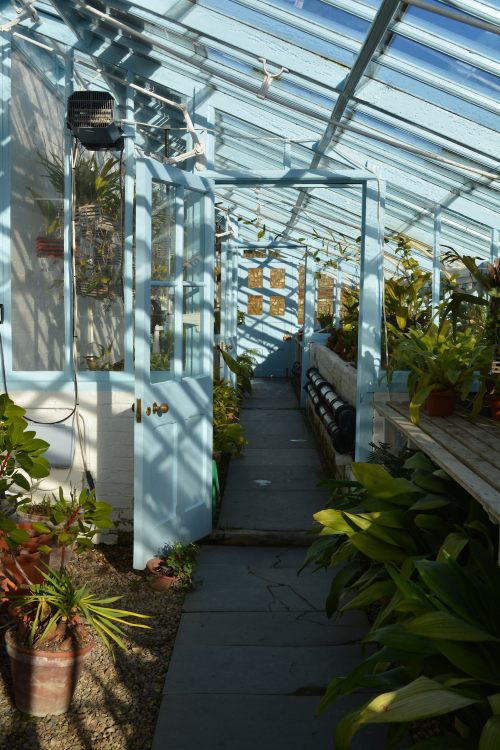





![A [disappointingly] brackish pond.](https://principleintopractice.files.wordpress.com/2014/02/tagus2.jpg?w=500&h=333)
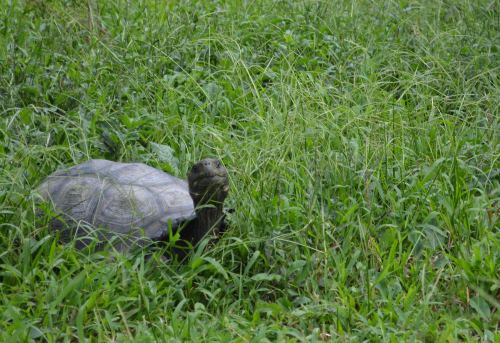


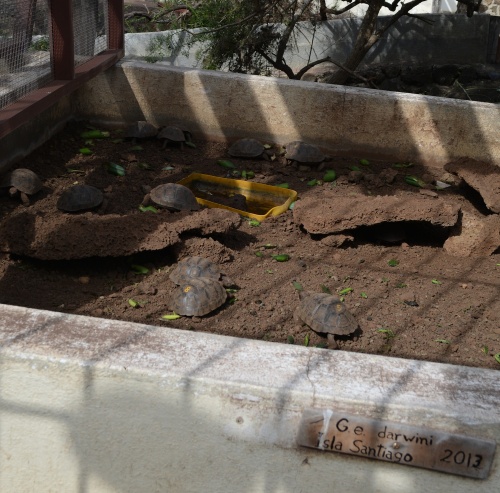
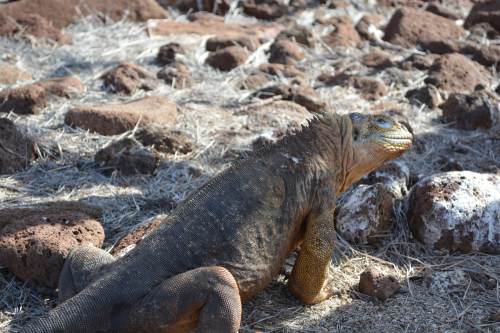



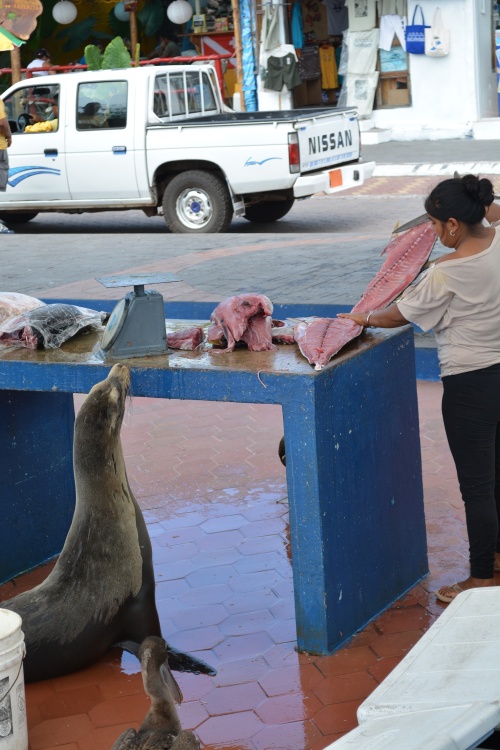



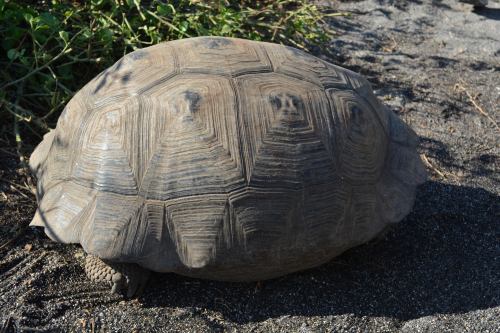





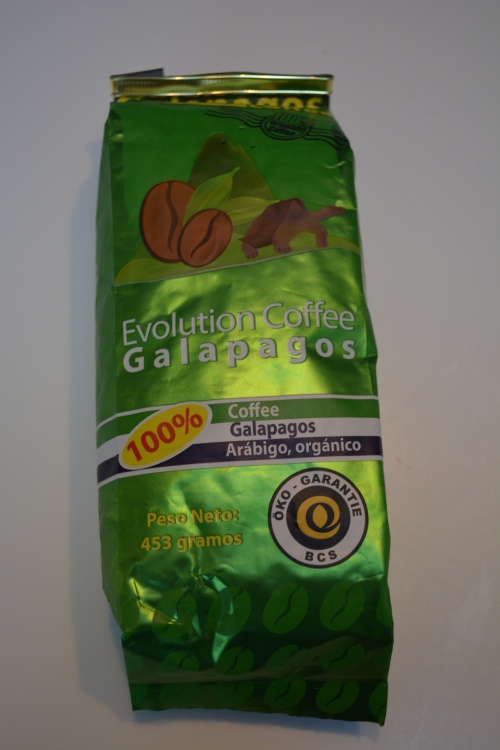











![Abdelgadir et al [4]](https://principleintopractice.files.wordpress.com/2013/01/camelmilkinsulin.jpg?w=318&h=318)









